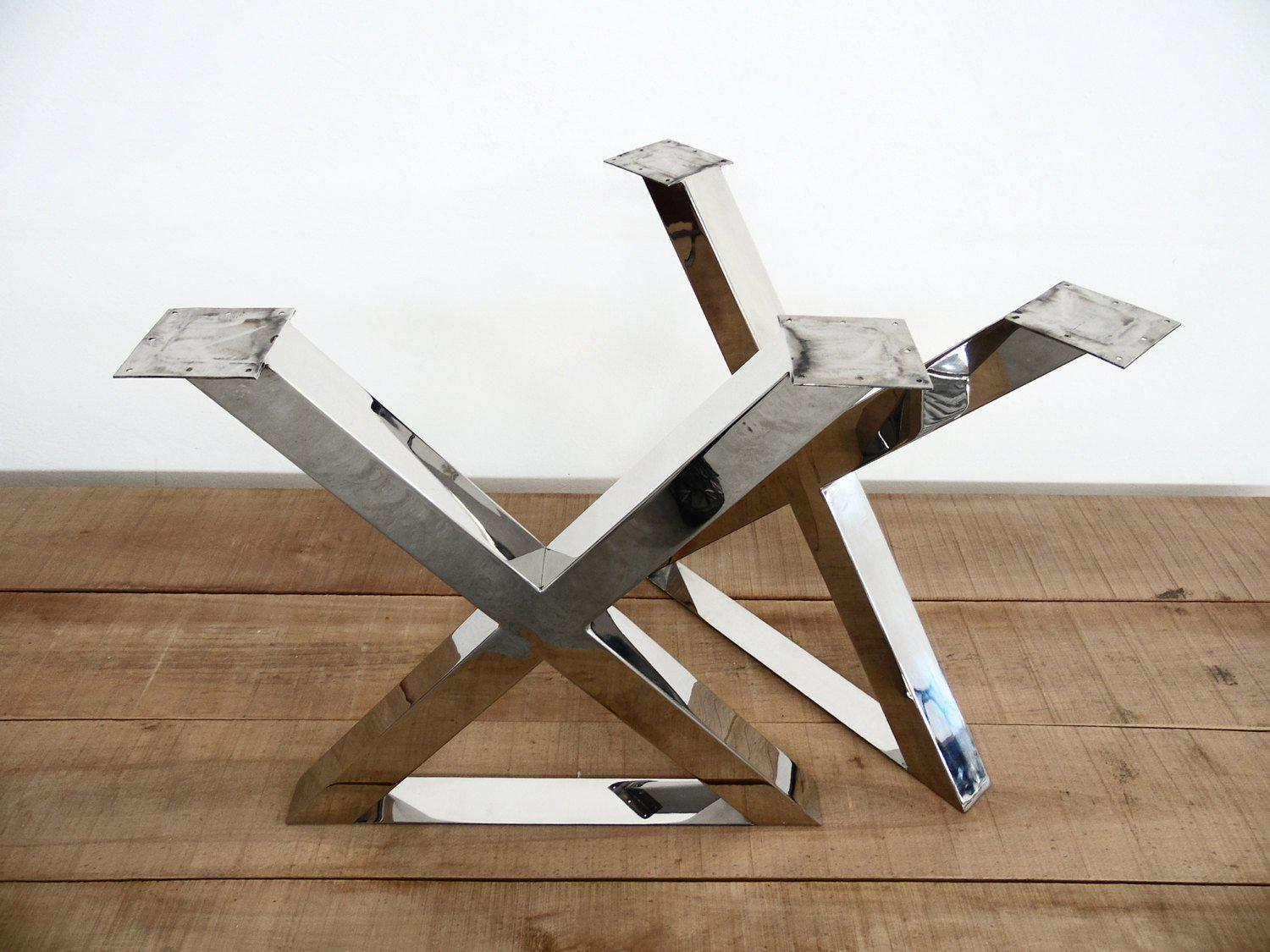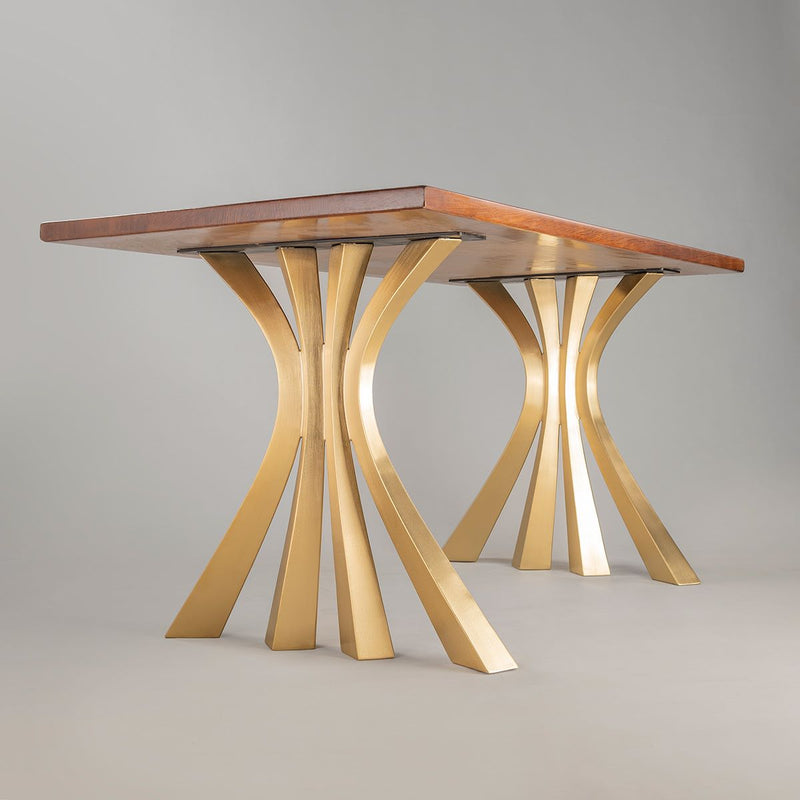A Thorough Appearance at Table Leg Styles: Finding the Perfect Match
Choosing the right dining table leg design is important for both aesthetic charm and practical functionality. For those with larger tables, trestle legs make sure sturdy support, whereas hairpin legs present a mid-century contemporary ambiance with their minimalist style. The x-shaped legs mix contemporary style with enhanced security.
Traditional Four Legs
Amongst the different types of dining table leg designs, the typical four-leg design remains an ageless choice for lots of houses. This classic configuration provides a harmonious blend of functionality and appearances, making it a perennial favorite. 4 legs provide balanced support, making sure the table continues to be secure and with the ability of birthing substantial weight. This is especially useful for houses that regularly organize huge celebrations or use their eating table for numerous objectives, such as job or crafting.
From an aesthetic perspective, the traditional four-leg layout can be conveniently adapted to numerous interior styles. Whether crafted from timber, metal, or a combination of products, these legs can be elaborately sculpted, sleek and minimalistic, or anything in between. Their versatility permits them to enhance both rustic and contemporary setups effortlessly.
Furthermore, the straightforward structure of the four-leg design facilitates convenience of motion and placement within a room. Unlike even more complex bases, this design lessens obstructions, providing ample legroom for restaurants. In summary, the typical four-leg table leg design marries enduring elegance with functional functionality, making it a sharp choice for those looking for both form and feature in their dining furnishings.
Pedestal Base
Commonly commemorated for its stylish and space-efficient style, the stand base is a distinguished choice to the conventional four-leg setup in eating table leg designs. Without corner legs, diners are afforded greater liberty of activity, making it an ideal choice for round and oval tables that promote more intimate and comprehensive gatherings.
The central column itself provides a canvas for intricate layouts and creative expressions, adding a component of aesthetic interest below the table. In summary, the pedestal base integrates functionality with design, making it a fine-tuned and useful choice for varied dining environments.
Trestle Legs
Trestle legs supply a robust and classic structure for dining tables, identified by their straight cross-bracing and sturdy assistance beams. Stemming from medieval times, this layout has evolved yet maintained its vital structure, making it a perennial fave in both typical and contemporary setups. The central trestle beam of light, frequently sustained by two or more vertical articles, offers phenomenal stability, enabling larger table sizes without the requirement for added legs.
A considerable benefit of trestle leg tables is the sufficient legroom they supply. Unlike tables with four corner legs, the lack of obstructions at the table's edges gives unimpeded area for chairs and restaurants, enhancing comfort and ease of access. This makes trestle tables perfect for fitting bigger gatherings, whether in a dining room or a reception hall.
The visual versatility of trestle legs is notable. Readily available in a variety of materials such as timber, steel, and get more composite, they can be completed to complement a large range of indoor designs. From rustic farmhouse to streamlined contemporary styles, trestle legs can be tailored to match individual tastes. Their enduring charm and useful advantages make trestle legs an engaging choice for those seeking both style and functionality in their table.
Hairpin Legs

The charm of barrette legs exists in their simplicity and convenience - dining room table legs. Offered in a variety of products, including steel and brass, they can be ended up in numerous colors to enhance different interior styles. Whether coupled with a rustic wooden table top or a modern glass surface area, barrette legs easily blend capability with a touch of vintage beauty
Resilience is an additional notable function of hairpin legs. Regardless of their delicate appearance, these legs are engineered to bear significant weight, ensuring the table stays stable and have a peek at this site safe. Additionally, they are relatively very easy to install, making them a prominent choice for do it yourself lovers and specialist furnishings manufacturers alike.
X-Shaped Legs

Built from materials such as steel, timber, or a mix of both, X-shaped legs can be tailored to match numerous layout preferences. Steel anonymous legs typically provide a sleek and industrial feeling, perfect for loft-style apartment or condos and modern-day dining spaces. On the other hand, wood X-shaped legs supply a warmer, much more rustic allure, appropriate for farmhouse or eclectic interiors. The versatility in materials permits homeowners to personalize their table to better fit their total design system.
Additionally, the engineering behind X-shaped legs makes sure also weight distribution, decreasing the threat of wobbling and improving toughness. This makes them especially fit for bigger eating tables that require additional support. Essentially, X-shaped legs blend functional engineering with modern aesthetic appeals, making them an ageless option for diverse dining atmospheres.
Verdict
An extensive understanding of eating table leg styles reveals the distinctive features and advantages of each design. Conventional 4 legs supply stability and classic appeal, while pedestal bases give legroom and a structured look. Trestle legs ensure durable assistance for bigger tables, and hairpin legs present a mid-century modern visual. X-shaped legs incorporate modern layout with improved stability. Picking the proper leg design ensures both useful and visual satisfaction in any type of eating space.